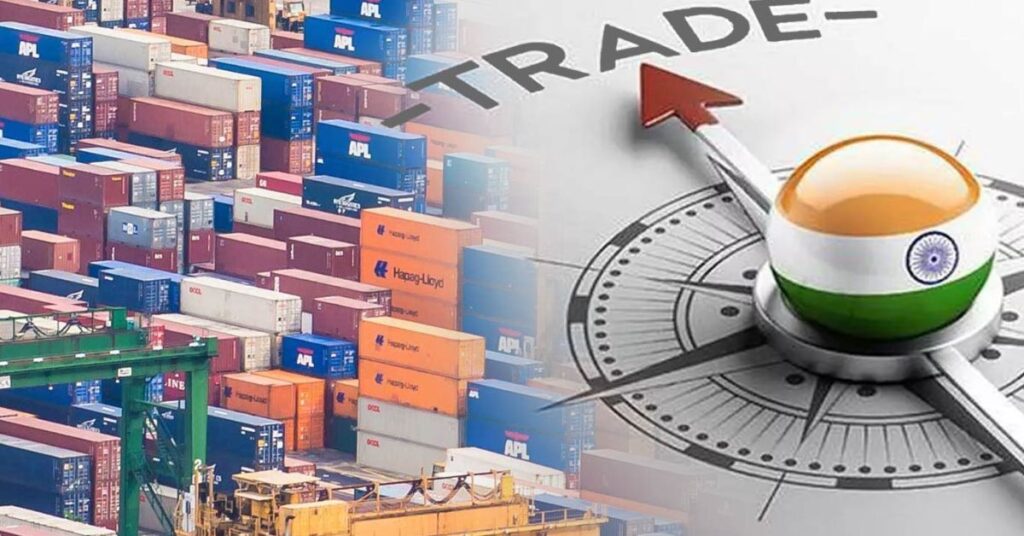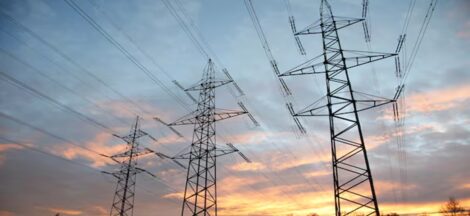NEW DELHI: The US’ move to impose reciprocal tariffs is being seen by analysts as a strategic opportunity to attract electronics manufacturers from China to India. However, they said New Delhi can fully capitalise on this only if it reduces import duties on US electronics to zero, matching Washington’s near-zero tariff.
Currently, India imposes a 16.5% basic customs duty (BCD) on electronics imports from the US, while the US levies a mere 0.4% duty on Indian exports. Lowering tariffs on US imports could make India an even more attractive destination for companies like Apple and Motorola to manufacture and export their products. Since the ongoing tariff war is primarily between the US and China, India could use this as an opportunity to attract manufacturers shifting away from China. Moreover, India imports very few electronics from the US, so reduced tariffs are unlikely to impact local players or flood the market with US products.
The India Cellular and Electronics Association (ICEA), which represents major firms like Foxconn, Apple and Dixon, supports a reciprocal zero-duty trade agreement. It said that India already grants similar tariff-free treatment under FTAs with Japan, South Korea, and Asean nations like Vietnam, Thailand and Indonesia.
“We are optimistic that a well-structured bilateral trade agreement (BTA) between the two will materialise. If done right, this could propel India’s electronics exports to the US from $10 billion to $80 billion by 2030, an 800% surge,” said Pankaj Mohindroo, chairman, ICEA.
The US presents a major export market for India’s electronics industry, particularly for iPhones, which account for 50% of exports. India’s total mobile phone exports reached $20.4 billion in 2024, while its electronics imports from the US remain modest at $1 billion, posing little threat to local players.
According to market research firm Counterpoint Research, while electronics is a crucial sector, negotiations on other industries, such as motorcycles, pharmaceuticals and agriculture, will take precedence. “Tariff talks on electronics may come later as other sectors are currently on the table,” said Tarun Pathak, research director, Counterpoint.
Prachir Singh, senior analyst at Counterpoint, said India has built a strong manufacturing ecosystem, and aligning import tariffs with US rates would bring more benefits than risks. “It will be a good strategy for the country to reduce its import tariffs and make it inline with the US on electronics as it will do more good than harming us,” Singh said.
In case India decides to keep the tariffs at current rates, analysts fear that companies like Apple might look to expand their manufacturing in other countries, which have lower import duties.
“Our electronics exports are dependent on the US. Whatever we have been able to achieve is because of companies such as Apple, who are proactively exporting from India,” said Faisal Kawoosa, chief analyst at Techarc. He says that going forward it might be possible that companies such as Qualcomm start assembling chips in India, instead of China.
Source: The Financial Express




 Retail Credit Growth Halves As Unsecured Loans Slow
Retail Credit Growth Halves As Unsecured Loans Slow 